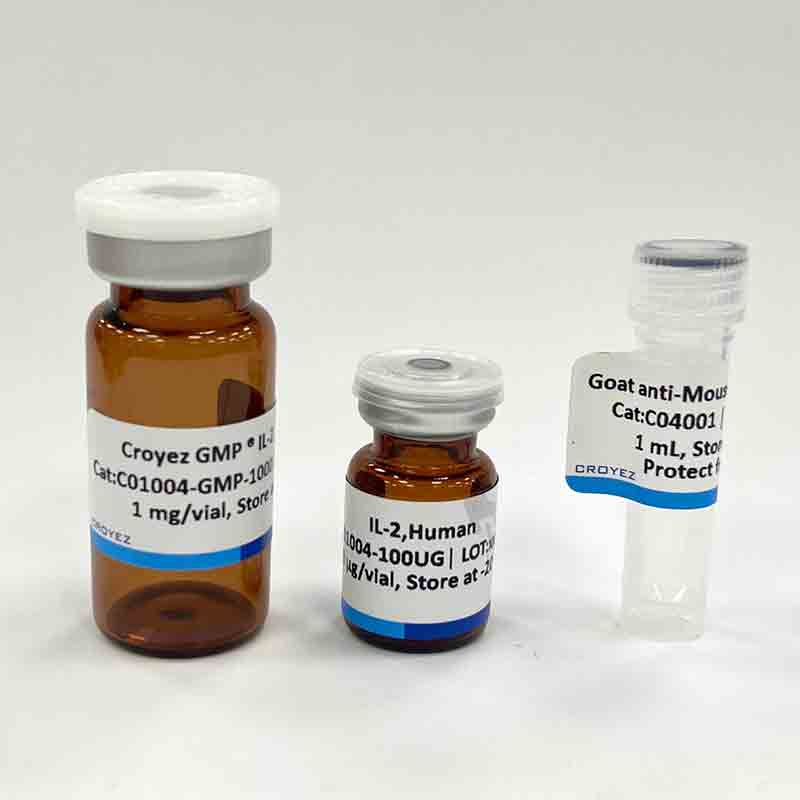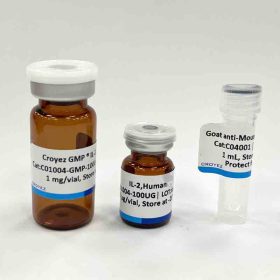HMGB1 is present in the nuclei (chromatin associated) and cytoplasm of all cells and is a highly conserved protein in variety of species that. In the cytoplasm, HMGB1 is a regulator of autophagy, enhances cell survival, and limits apoptosis. It also can reduces protein aggregation caused by heat or chemical stress. HMGB1 is released to the extracellular milieu by inflammatory cells and by necrotic and apoptotic cells. Once released, it works as an inflammatory cytokine.HMGB1 is also secreted by macrophages and monocytes as a late response to LPS, TNF-α, IL-1β, or IFN-γ.
Sequence:
MSRSNRQKEYKCGDLVFAKMKGYPHWPARIDEMPEAAVKSTANKYQVFFFGTHETAFLGPKDLFPYEESKEKFGKPNKRKGFSEGLWEIEN
NPTVKASGYQSSQKKSCVEEPEPEPEAAEGDGDKKGNAEGSSDEEGKLVIDEPAKEKNEKGALKRRAGDLLEDSPKRPKEAENPEGEEKEA
ATLEVERPLPMEVEKNSTPSEPGSGRGPPQEEEEEEDEEEEATKEDAEAPGIRDHESL with polyhistidine tag at the C-terminus
Source:
Escherichia coli
Endotoxin Test:
<0.1 EU per 1 μg of the protein by the LAL method.
Activity:
Measure by its ability to induce TNF alpha in RAW264.7 cells. The ED50 for this effect is <15 ng/mL.
Purity:
>95% as determined by SDS-PAGE. Ni-NTA chromatography
Formulation:
The protein was lyophilized from a solution containing 1X PBS, pH 7.4.
Reconstitution:
It is recommended to reconstitute the lyophilized protein in sterile H2O to a concentration not less than 100 μg/mL and incubate the stock solution for at least 20 min to ensure sufficient re-dissolved.
Storage:
Lyophilized protein should be stored at -20°C. Upon reconstitution, protein aliquots should be stored at -20°C or -80°C.
Note:
Please use within one month after protein reconstitution.





